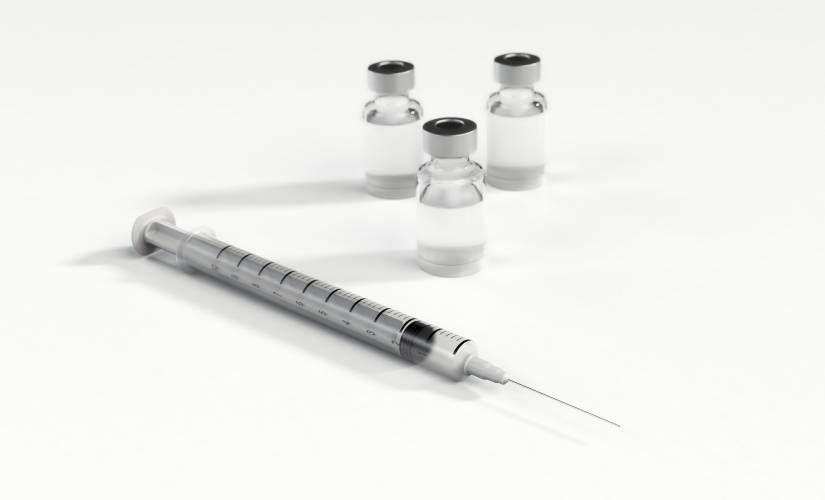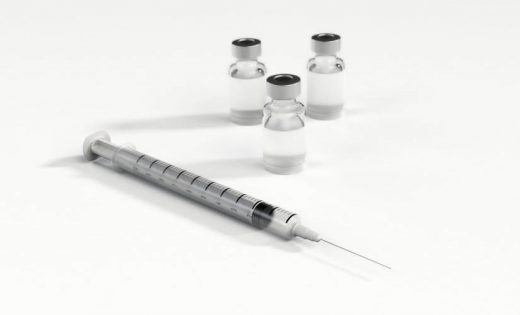The Wonders of mRNA Vaccines, Which are Leading the Coronavirus Counterattack
The Wonders of mRNA Vaccines that are Leading the Coronavirus Counterattack

Hailed for ushering in a “new era of vaccinology” long before the coronavirus resulted in a worldwide pandemic, messenger RNA (mRNA) vaccines were rolled out by Pfizer/BioNTech and Moderna in December 2020 to combat COVID-19. And indeed, they are among the safest vaccines ever developed, as they trigger an immune response by teaching our cells to produce a protein, or even a piece of one, that will in turn generate antibodies. That contrasts with previous vaccines, which involved placing a weakened or inactive germ in our bodies — and which might have given potential recipients pause, particularly in the case of the coronavirus.
There is plenty of fearmongering to be found online, but as I tell my patients (and as I indicated by receiving the vaccine myself), there is no danger of contracting the virus by being inoculated. Any claims to the contrary are simply erroneous.
There have also been concerns about side effects, but Dr. Anthony Fauci, director of the National Institute of Allergy and Infectious Diseases, told MSNBC that symptoms normally amount to feeling “a little achy, a little chilly.” And that is merely an indication, he added, that “the immune system is really getting revved up.”
Ellen Foxman, an immunologist at the Yale School of Medicine, told the Washington Post much the same thing: “Things like fever or soreness at the injection site are normal, and actually, they indicate that your body is reacting to the vaccine, which is what you want. That’s a good thing.”
Again: Block out the noise. Listen to the facts. It’s proven effective. And these side effects are not only minimal, but they’re also usually normal.
The Power Behind mRNA Vaccines
To reiterate, mRNA — which Moderna has described as “the software of life” — is the genetic material that compels cells to build proteins. In the case of these vaccines, the mRNA from the coronavirus (SARS-COV-2, as it is called) is injected into a subject. Their cells respond by reconstructing a small, noninfectious part of the virus, which in turn sparks the immune system to produce antibodies that will counteract any incursions by the actual virus.
Barney Graham, deputy director of the NIAID’s Vaccine Research Center, and Jason McLellan, a structural biologist at the University of Texas, began developing a vaccine on January 11, the day after Chinese scientists posted the coronavirus’ genome on a public website. Graham and McLellan built on the research of two University of Pennsylvania scientists, Katalin Kariko and Drew Weissman, as well as their own. Graham and McLellan had previously made promising strides toward developing a vaccine for Middle Eastern Respiratory Syndrome (MERS), and while that project fell short of completion, they recognized the similarities between that virus and COVID-19.
Their findings became the basis of all that has occurred since. Moderna launched Phase I trials in April, while Pfizer/BioNTech began Phase I-II trials in May. By late July, both companies took it one step further. And by November, Graham received word that the Pfizer vaccine was showing promise beyond anyone’s expectations.
“I just let it all go,” he told the Washington Post. “I was sobbing, I guess, is the term.”
The Pfizer/BioNTech vaccine, declared by its developers to be 95% effective, was granted emergency-use authorization on December 11. The Moderna vaccine, found to be 94.1% effective, received the same clearance exactly one week later. By early February 2021, some 39 million Americans — i.e., 9.1% of the population — had been vaccinated, according to the Centers for Disease Control and Prevention, and some 1.4 million shots were being administered every day.
In addition, vaccines developed by Novavax and Johnson & Johnson were nearing authorization. The first of those was found to be 89% effective, the second 66%, but the advantage of the latter was that it involved receiving just a single dose of the vaccine; all the others require two shots.
The Future of These Vaccines
There are concerns going forward, not the least of which is how effective the vaccines will be against variants that have emerged in Great Britain, Brazil and South Africa. The World Health Organization has declared that inoculation is a deterrent for those new strains, and while there were reports that the vaccines were less effective against the variants, Fauci said in January that it is “not something that we don’t think we can handle.”
“Bottom line: We’re paying very close attention to it,” he told reporters. “There are alternative plans if we ever have to modify the vaccine.”
And indeed, that is another great feature of vaccines involving mRNA — the fact that there are “plug-and-play” options available, where scientists can replace an existing mRNA sequence with a new one, in order to counter variants. Going forward, that could conceivably result in the development of vaccines for malaria and herpes. In addition, there is some indication that Bill and Melinda Gates might use mRNA in the fight against HIV and sickle-cell disease in Africa, where those diseases are prevalent.
But for now, the focus is on COVID-19, as indeed it must be. Clearly these vaccines, unlike any that preceded them, are the best alternative for ending the pandemic and restoring life as we know it. While it is certainly possible that some tweaks will be needed down the line, these shots have opened new doors, and provided mankind with its most promising path.
The post The Wonders of mRNA Vaccines, Which are Leading the Coronavirus Counterattack appeared first on ReadWrite.
(43)


